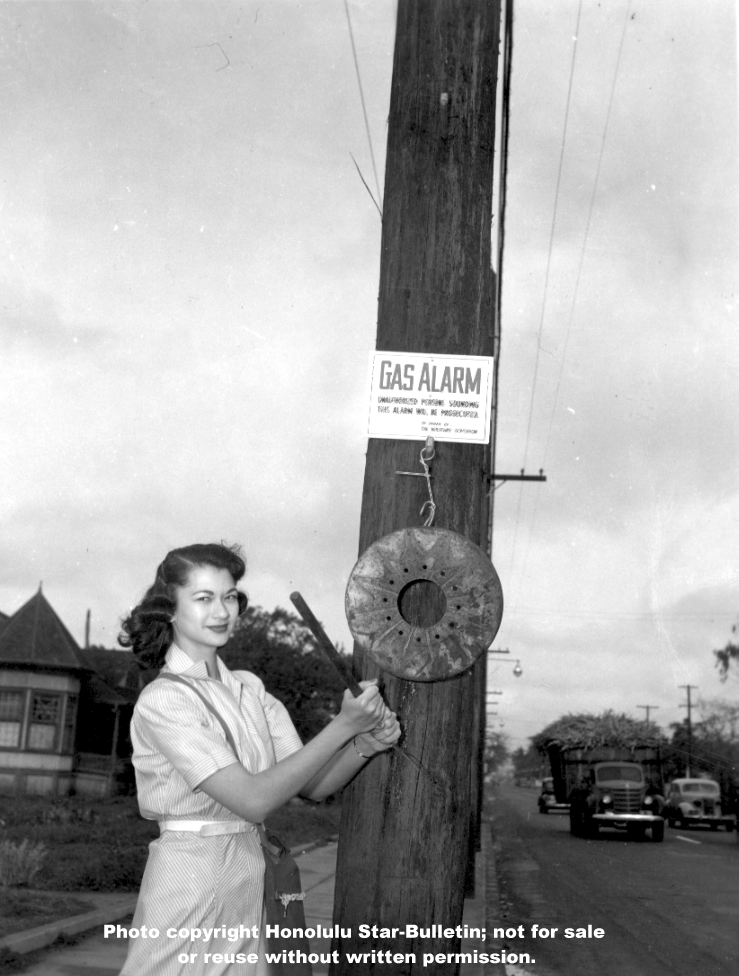“Irvin Atchison was born in eastern Montana, near the Yellowstone River, in 1914, an area that was ‘an oasis of cottonwoods just east of dry, open prairies and desolate badlands.’” (MontanaSeniorNews)
“He was born on Jan. 22, 1914, in Miles City, the eldest son of Amelia Weigum and Robert Aitchison. He liked to recall that he was born in the same home in which his father had been born in 1885. His parents homesteaded on Hay Creek between Fairview and Sidney.” (Sidney Herald)
“After Atchison’s father died in the great flu pandemic of 1918-19, leaving his widow scrambling to provide for three young sons, Atchison spent several years shuttling back and forth between his grandparents’ home in Miles City and his family’s home near Sidney.”
“It was a hard life for the young boy. His grandfather was an abusive alcoholic who forced Atchison to do back-breaking farm labor from dawn to dusk, while frequently yelling at and beating him.”
“With this kind of childhood, Atchison could easily have developed a ‘harsh view of life… (but) something prevented (that).’ That something, Atchison told Daniel Miller, was Montana.” (MontanaSeniorNews)
“The land where he grew up, with its enormous sky, vast prairies, and seemingly endless grasslands, lifted Atchison’s spirits in the darkest times and kept him balanced.”
“From an early age, Atchison gravitated toward working with the horses and mules that were so essential to farm and ranch life. In his teen years, Atchison’s abilities with equines meant that he could sometimes get extra work caring for and training them.”
“By the early 1930s, a terrible drought had descended on eastern Montana. ‘Soil turned to dust, dust rose in clouds, and the clouds blocked light from the sun…When the winds died down, the (grasshoppers and crickets) came.’ More than 70,000 farmers and ranchers in Montana went bankrupt.”
“Atchison never stopped searching for agricultural work, usually horse and mule handling, but many landowners could not offer to pay cash; they could only exchange a bed and meals for work. He also tried the rodeo circuit with no success.”
“Atchison and a friend “hoboed” their way on trains to San Francisco, where Atchison signed up with the Marines. He trained at Fort George Wright in Spokane, Wash.”
“Then he shipped out of Angel Island near San Francisco as part of the 21st Infantry Regiment, to Oahu, Hawaii.” (Montana Senior News) The 21st Infantry Regiment was assigned to the Hawaiian Division and was stationed at Schofield Barracks. The mission of the division was to defend the island of Oahu especially the naval base at Pearl Harbor. (25thIDA)
“Atchison’s gift with equines led to him being assigned to work with the pack mules that hauled freight for soldiers, including leading the animals on a secret mission into the Oahu mountains.”
“By 1935, Atchison’s deep homesickness for Big Sky Country convinced him to leave military service. After returning to his beloved state, he attended business school, married, and had children and grandchildren, and sold farm equipment. Atchison also became a respected breeder of Arabian horses, until his death in 2009.”
“In a time of great economic distress in the United States, when, like so many, Atchison’s family was struggling financially, the boy was grateful to receive free uniforms and boots, government-funded meals, and a small stipend. Plus, he learned valuable military skills.” (MontanaSeniorNews)
“On Jan. 21, 1939, in Miles City, he married Marian Stone, daughter of Dudley and Eva Hanrahan Stone. He dearly loved and adored his wife whom he affectionately teased on a regular basis.”
“He had a keen sense of humor which he displayed throughout his life. Having been raised with high Christian values and principles and a sense of decency, family and community, he was dedicated to his wife and three daughters. He provided for his daughters’ advanced educations which allowed them to fly with great independence towards their successful futures.”
“For many years he was a first-class salesman for Yale Oil Company, Tractor and Equipment Company and Farmhand Company. During the 1950s he was a very successful entrepreneur in several business ventures.”
“One of which was the Yellowstone Machinery Company, a John Deere dealership in Sidney. For many years he was recognized and honored by Deere & Co. for achieving national records in sales.”
“In 1962 he sold the dealership and moved to Billings where he became a real estate agent specializing in ranch properties.” (Billings Gazette) Irvin George Atchison passed away on June 5, 2009.




























































